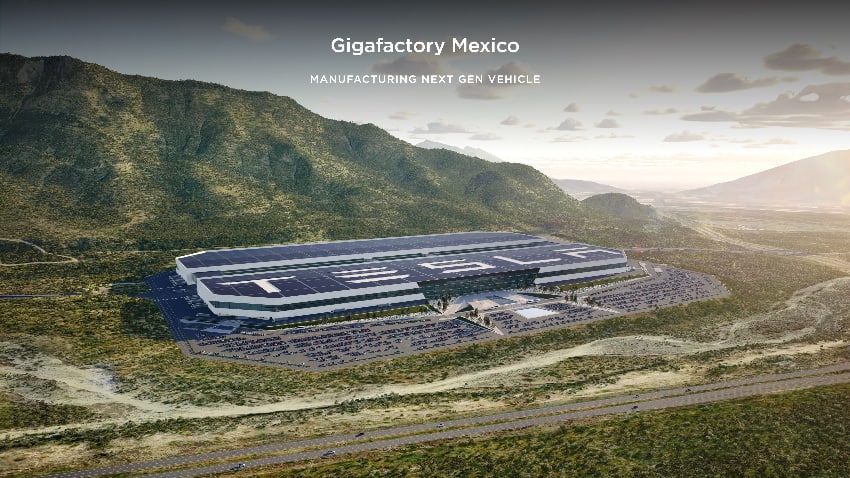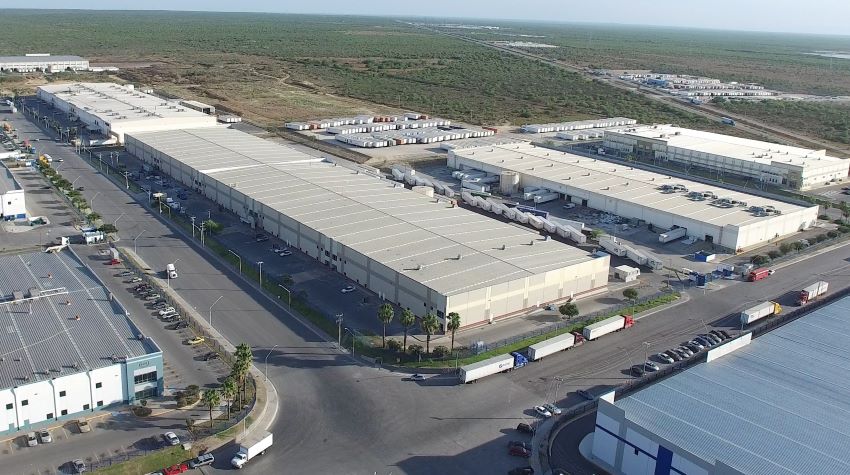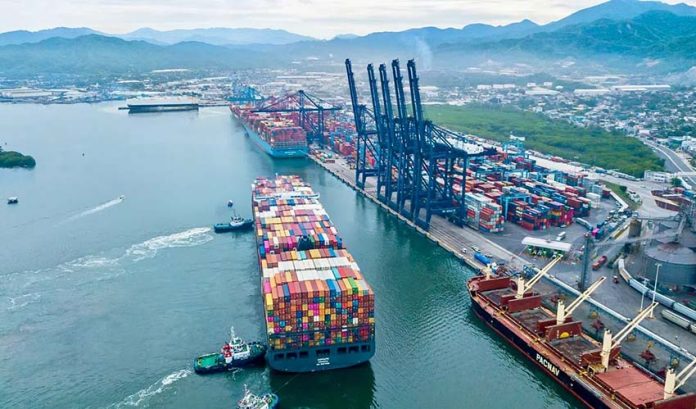With the announcement that Tesla will build a new Gigafactory near Monterrey, Nuevo León, Mexico looks set to become the largest manufacturer of EVs in Latin America. This investment is thanks to the boom in ‘nearshoring’ — when companies relocate to strategic foreign markets to take advantage of favorable investment conditions.
But some experts are saying that a lack of infrastructure in Mexico could make it more difficult to attract foreign investment and create jobs in the manufacturing and logistics fields. However, despite challenges such as inflation, interest rates and lack of infrastructure, “industrial developers are taking advantage of [nearshoring],” Jonathan Pomerantz, commercial and investment director at the real estate development company Meor told El Economista.

Mexico invests less than 1% of its GDP in infrastructure development when it should allocate at least 5%, according to the president of the Mexican Chamber of the Construction Industry (CMIC) Francisco Solares. “Industrial construction is a great opportunity for the country, […] but the public sectors are not considering this branch as a strategic economic activity,” he added.
In a recent article, the New York Times claimed that “the biggest impediment to Mexico’s reaching its potential as an alternative to China may be Mexico itself,” since President López Obrador “has neglected the nation’s infrastructure, including its ports.”
These concerns are echoed by the president of the SoyLogístico Association, Ignacio Szymanski. Szymanski told T21 that while the average Chinese port is able to accommodate 30 million TEUs of cargo per year (a measure of volume in units of twenty-foot-long containers), Mexico’s largest port in Manzanillo, Colima, had a throughput of a mere 3 million TEUs.
The Ministry of the Navy (SEMAR) put national figures at around 8 million TEUs for 2022.
Szymanski stressed that the country’s goal should be to have a greater port capacity in the next 10 years.
“There are many opportunities in Mexico, but we have to go fast, we must increase the infrastructure in ports, land transport, help cargo carriers to modernize their fleets and update programs so that young men and women become interested in being operators,” he said.
Industrial space is another issue. According to Foreign Affairs Minister Marcelo Ebrard, the Mexican government needs to build 25 industrial parks to respond to the increased demand for industrial buildings driven by nearshoring, before López Obrador’s administration ends in 2024.
In 2022, Mexico reported foreign direct investment (FDI) of US $35.3 billion, 12% more than the figure registered in 2021 and the highest figure in seven years. In November, Mexico’s Economy Minister Raquel Buenrostro announced that there are over 400 companies looking to relocate to Mexico.

Sergio Arguelles, president of the Mexican Association of Private Industrial Parks (AMPIP), said in a Banorte bank podcast that industrial parks have reached a record occupancy figure of 97% nationwide. Industrial real estate company Fibra Upsite closed Q4 of 2022 with a 100% occupancy rate, a result of nearshoring, according to the company.
On the other hand, the manufacture of electric vehicles requires the consumption of large amounts of electricity, and companies do not currently have any guarantee that they will receive an appropriate supply, due to power shortages in the region.
While the government has expressed interest in encouraging the use of renewable energy to fill the gap, the private sector has its reservations and fears that the promises will not be fulfilled, reported BBC Mundo.
Moreover, some regions of country are experiencing a brutal water shortage that has worsened with droughts in states like Nuevo León, the planned location for Tesla’s megaplant. In mid-2022, people took to the streets to protest because there was not enough water for domestic consumption.
And while industrial water consumption is only 4% of the total, academic researcher José Antonio Ordóñez told BBC Mundo that if the government doesn’t act upon the water shortage problem, water levels in Nuevo León may only last for three more years, in the worst-case scenario.
The situation can be reversed however, if the necessary investments are made to mitigate the effects of water scarcity, he said, something that could actually be sparked by the presence of foreign companies.
In that sense, he said the arrival of Tesla could be an opportunity for the region, saying “Investment could detonate change.”
With reports from BBC Mundo, Bloomberg Línea, The New York Times, Mexico Industry, El Economista
